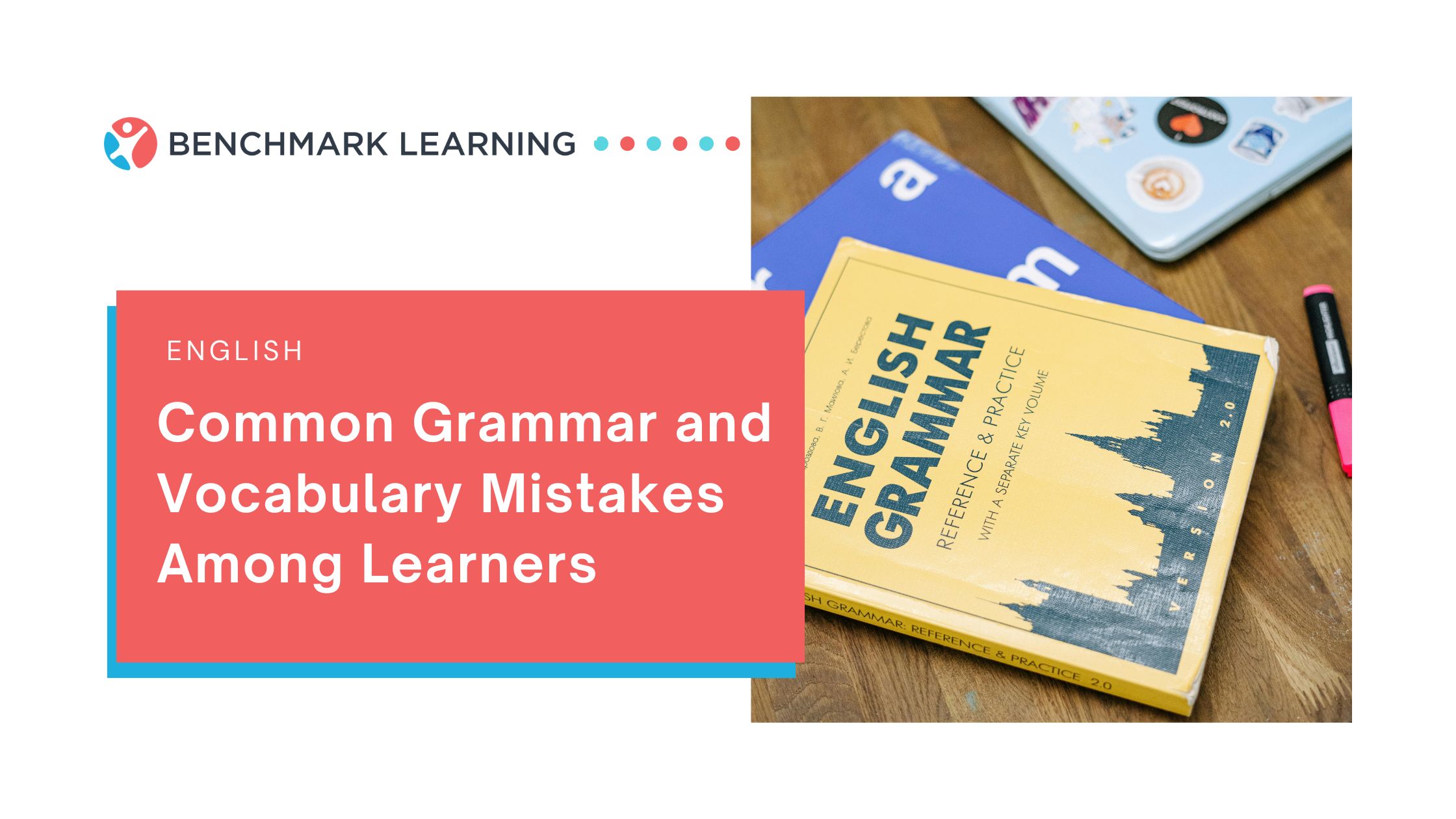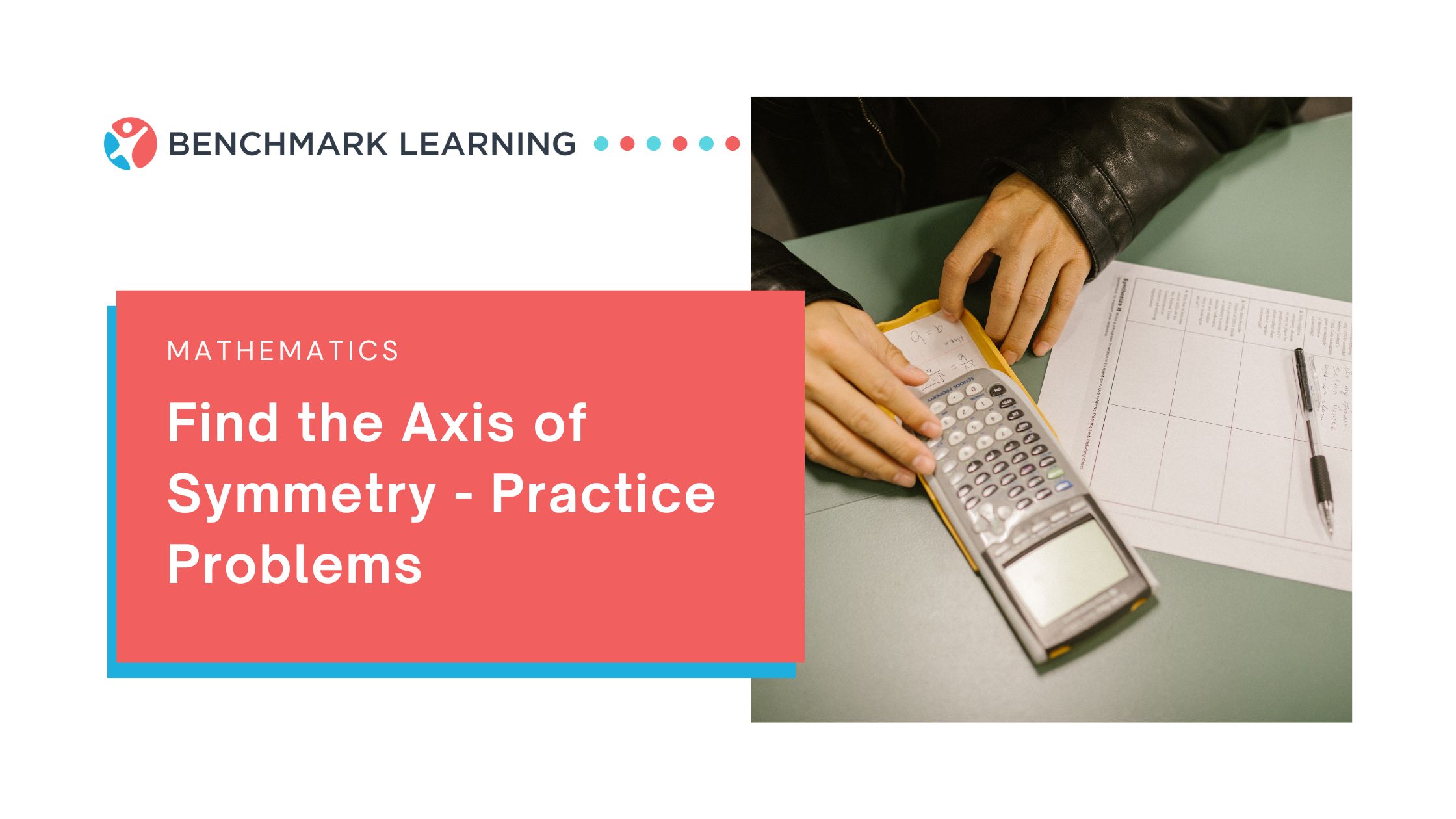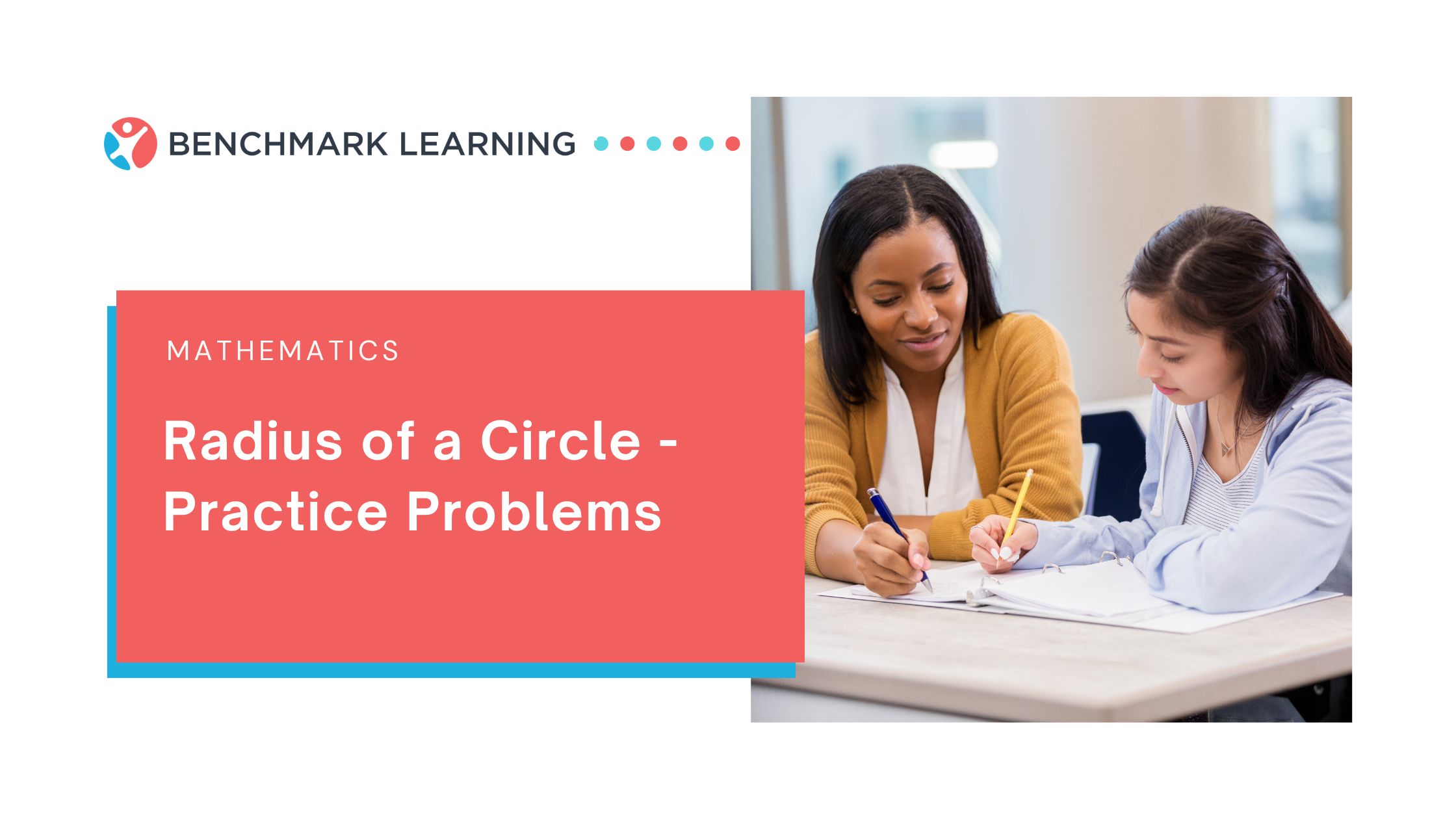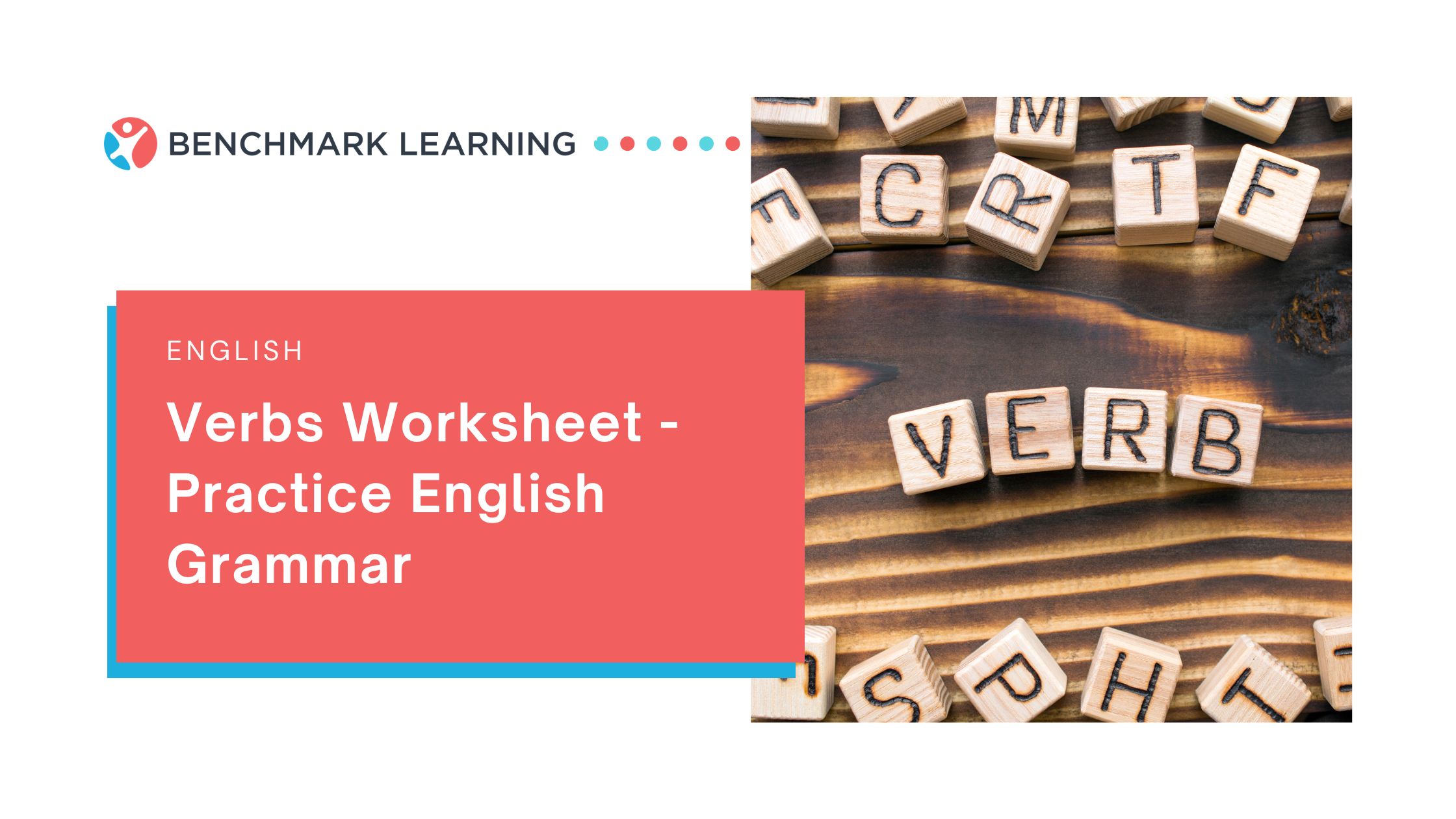Common Grammar and Vocabulary Mistakes Among Learners
Learning a language is a multifaceted journey that involves understanding vocabulary, grammar, pronunciation, and cultural nuances. Among these, grammar and vocabulary errors are commonly faced by learners. But with awareness and consistent practice, these mistakes can be stepping stones toward mastering English grammar.
In this lesson, you’ll learn to:
• Identify common grammar and vocabulary mistakes
• Understand why these errors happen and how to avoid them
• Use practical strategies to strengthen your grammar skills
Common Grammar and Vocabulary Mistakes
Mastering the nuances of English grammar can be tricky, even for native speakers. From misplaced punctuation to confusing word choices, it's easy to slip up. But that’s completely normal! These errors are usually easy to fix once you learn more and practice proper usage.
Let’s look at some of the most common grammar and vocabulary mistakes so you can learn how to identify them, fix them, and avoid making them in your writing.
1. Incorrect Question Word Order
A common grammar mistake involves mixing up the word order when asking questions. In English, proper question formation follows this structure:
Question Word + Auxiliary Verb (e.g., do, does, is) + Subject + Base verb
| Incorrect | You are going to the store? |
| Correct | Are you going to the store? |
How to avoid this mistake:
Practice regularly by forming questions out loud and in writing. Focus on using auxiliary verbs (e.g., do, does, is, are) correctly with different subjects. Simple exercises that match auxiliary verbs with pronouns help reinforce the correct structure.
2. Subject–Verb Agreement
A fundamental aspect of clear grammar is ensuring that the verb agrees with its subject in number. Simply put, a singular subject takes a singular verb and a plural subject takes a plural verb.
| Incorrect | He speak three languages. |
| Correct | He speaks three languages. |
How to avoid this mistake:
Practice conjugating common verbs with different subjects, especially third-person singular pronouns like he, she, and it. Reading your sentences aloud can also help you catch anything that sounds off.
3. Commonly Confused Words (Confusables)
Words that sound alike, look alike, or seem similar in meaning can easily trip up even experienced writers and speakers. These are known as confusables, and mixing them up can lead to unclear or incorrect communication.
Here are some of the most commonly confused word pairs:
Affect vs Effect
Affect is a verb that means to influence or cause a change. Effect is a noun that refers to a result or outcome.
| Affect | The new policy will affect everyone. |
| Effect | The effect of the medicine was drowsiness. |
Your vs You’re
Your is a possessive pronoun, indicating possession, while you're is a contraction of you are.
| Your | Your book is in the locker. |
| You're | You’re going to love the movie. |
Then vs Than
Then indicates when something will happen. Than is used to compare people or things.
| Then | I will go to the store, and then I will go home. |
| Than | I like coffee more than tea. |
How to avoid this mistake:
Keep a list of common confusables and review them in example sentences to understand their correct usage in context. Also, try reading your sentences aloud, as errors often sound off when spoken. Don’t forget to double-check contractions and possessives as well.
4. Misuse of Articles
Using articles correctly—a, an, and the—can be tricky, especially when distinguishing between general and specific references. A common mistake is mixing up when to use the definite article (the) and the indefinite articles (a, an).
| Inorrect | He wants to buy the car next year. |
| Correct | He wants to buy a car next year. |
How to avoid making this mistake:
Understand the rules for articles and practice making sentences. Use a/an for something not previously mentioned or not specifically known to the reader. Use the when referring to something specific or already mentioned.
5. Countable and Uncountable Nouns
Telling the difference between countable and uncountable nouns is a common difficulty for English learners. Countable nouns can be pluralized and used with numbers, while uncountable nouns cannot.
| Incorrect | I need informations about the course. |
| Correct | I need information about the course. |
How to avoid this mistake:
Learn which nouns are uncountable (e.g., advice, furniture, luggage) and avoid adding -s or using numbers with them. Use quantity expressions like some, a lot of, or much when referring to uncountable nouns.
6. Homophone Errors
Homophones are words that sound alike but have different meanings and spellings, which often leads to confusion in writing.
| Inorrect | Their going to the park. |
| Correct | They're going to the park. |
How to avoid this mistake:
Learn common homophones in pairs (e.g., their/they’re/there) and practice them in context. Mnemonics and example sentences can help reinforce correct usage.
7. Overgeneralization of Adjectives and Adverbs
Learners often confuse adjectives and adverbs, especially when applying grammar rules too broadly, like using an adjective where an adverb is needed.
| Incorrect | The rabbit ran quick. |
| Correct | The rabbit ran quickly. |
How to avoid making this mistake:
Learn common adverb endings like -ly and practice identifying how words function in a sentence, such as adjectives for describing nouns and adverbs for describing verbs. Reading and sentence drills can help reinforce correct usage.
8. Overusing Simple Words
While not technically incorrect, relying too often on basic words like “good,” “bad,” or “nice” can limit expression and fail to convey nuanced meanings.
| Basic | The food was good. |
| Improved | The food was delicious. |
How to improve:
Build your vocabulary by learning and practicing richer, more descriptive synonyms. Try replacing one simple word a day in your writing or speech to develop more expressive language skills.
Practical Strategies for Improvement
Structured Practice
1. Daily Grammar Exercises - Set aside 15–30 minutes each day for focused grammar practice. Platforms like the British Council’s Learn English Grammar offer clear explanations and interactive practice exercises to reinforce learning.
2. Targeted Worksheets - Focus on grammar areas you often struggle with, such as tenses, article usage, or question word order. Use progressively challenging worksheets or work with online tutors like those at Benchmark Learning, who can tailor exercises to your specific needs.
3. Grammar Challenge Book - Find a grammar workbook with explanations, exercises, and answer keys. It’s a great way to practice independently, review consistently, and monitor your improvement over time.
Immersion Through Listening and Reading
1. Extensive Reading - Read a range of English texts, such as news articles, short stories, blogs, at least three times a week. This builds your familiarity with correct sentence structures, transition words, and vocabulary in context.
2. Active Noticing - While reading or listening (e.g., to films, podcasts, or interviews), pay attention to how native speakers phrase things. Spot patterns that differ from yours and try using them in your own speech or writing.
3. Grammar of Words - When learning new vocabulary, also learn how it functions grammatically. For example, don’t just learn “want”—practice full phrases like “want someone to [verb]” to reinforce accurate usage.
Feedback and Correction
1. Tutors and Language Partners - Regular sessions with qualified tutors, like those at Benchmark Learning, can provide immediate feedback and help clarify grammar mistakes in real time.
2. Peer Review - Join study groups or language exchange communities where you can share drafts, practice conversations, and exchange constructive feedback. Collaborative learning, as recommended by the British Council, boosts confidence and retention.
3. AI-Powered Tools - Use tools like Grammarly or built-in language checkers to catch writing errors instantly and identify recurring patterns. These tools are great for self-paced learning and reinforcing proper grammar use.
Suggested Implementation Plan: A Weekly Routine
| Monday | Do 20–30 minute grammar exercises and learn five new words to widen your vocabulary. |
| Tuesday | Read 1–2 short articles (news, blog, or short story) and highlight useful grammar patterns and expressions. |
| Wednesday | Write a short paragraph or journal entry using new vocabulary and grammar patterns. Use an AI tool to check your writing, then revise based on the feedback. |
| Thursday | Watch a 15–30 min podcast, TED Talk, or series episode. Note 3 expressions or sentence structures and practice saying them aloud. |
| Friday | Practice speaking with a language partner or tutor. Focus on using the week’s vocabulary and grammar structures. |
| Saturday | Complete a worksheet based on an area you’ve struggled with this week (e.g., subject-verb agreement). Review answers with a tutor, teacher, or parent to reinforce learning. |
| Sunday | Choose a topic and write a short essay using this week’s grammar and vocabulary. Share it with a peer or tutor for feedback and apply any corrections.. |
Key Takeaway
Mastering the English language and grammar takes time, patience, and consistent effort. And mistakes are totally part of the process. The more aware you are of common grammar and vocabulary errors, the easier it becomes to spot and correct them in your own writing and speech. By combining regular practice, vocabulary building, and guidance from tools or tutors, you’ll steadily build confidence and accuracy in your grammar skills.
Post Author

Recent Posts







.jpg)





.png)



%20-%20Thumbnail.png)
.png)

